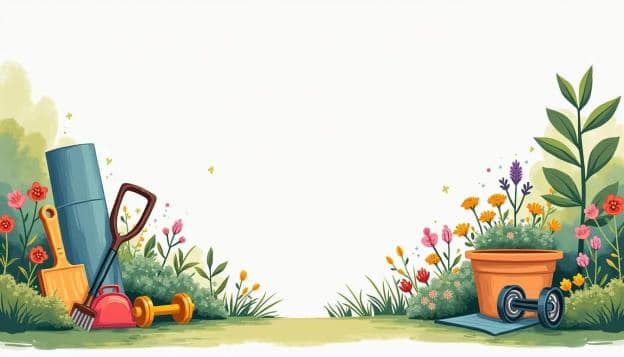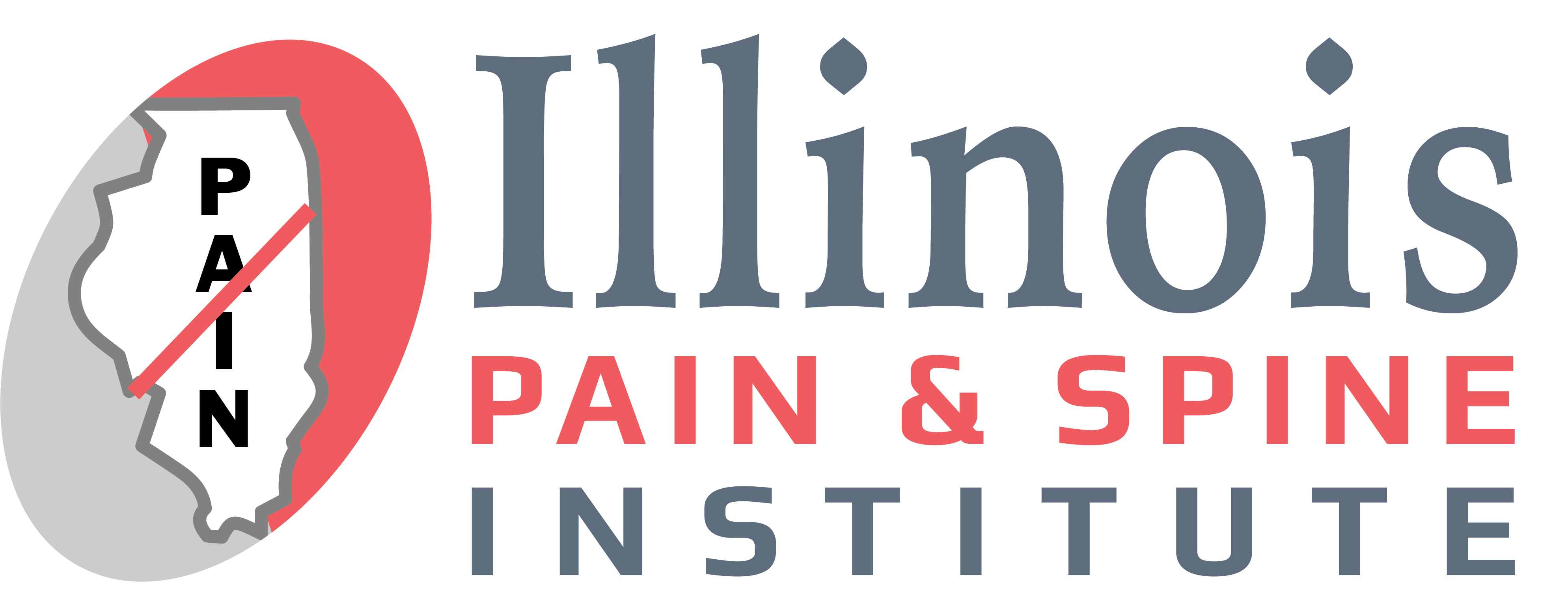
08 Apr Safe Yard Work and Gardening Tips from Your Interventional Pain Medicine Doctor
Yard work and gardening can be incredibly rewarding activities, providing not only physical benefits but also a sense of accomplishment and connection to nature. However, these tasks can also pose risks, especially for those with existing pain conditions or limited mobility. This article offers valuable tips to help ensure that your gardening experience remains safe and enjoyable, as advised by your interventional pain medicine doctor.
Common Injuries From Yard Work and Gardening
Gardening can lead to various injuries, including strains, sprains, and repetitive motion injuries. Lifting heavy bags of soil, bending over for extended periods, and using tools incorrectly can all contribute to discomfort. Additionally, long hours spent in awkward positions can strain the back, neck, and shoulders. Cuts and scrapes from thorny plants or sharp tools are also common, and allergic reactions to certain plants or insects can add another layer of risk. It’s important to be aware of your surroundings and take the necessary precautions to avoid these hazards.
Essential Preparations Before Gardening
Preparation is key to a safe and enjoyable gardening experience. Taking the time to plan ahead can help minimize risks and enhance your enjoyment of the activity.
Assessing Your Physical Condition
Before starting any gardening project, it’s important to assess your physical condition. Consider any chronic pain issues or previous injuries that may affect your ability to garden. Consulting with a healthcare professional can provide personalized advice tailored to your specific needs. Additionally, it might be beneficial to engage in some light stretching or warm-up exercises before you begin. This can help prepare your muscles and joints for the physical activity ahead, reducing the risk of strains or sprains. Remember, gardening can be a physically demanding task, and taking these precautions can set the stage for a more enjoyable experience.
Choosing the Right Tools
The right tools can make all the difference when it comes to reducing physical strain. Ergonomically designed tools can help minimize stress on the body. Look for tools with padded handles, lightweight materials, and designs that promote a natural hand position. Additionally, using long-handled tools can help reduce the need to bend over, further protecting your back. It’s also wise to invest in a sturdy kneeler or garden bench, which can provide support and comfort while working on low-to-the-ground tasks. Furthermore, consider organizing your tools in a way that minimizes the need for excessive reaching or bending; a tool belt or apron can keep your essentials close at hand, allowing you to work more efficiently and comfortably.
Implementing safe gardening techniques is essential for preventing injuries. By adopting proper methods, you can enjoy your time in the garden while minimizing the risk of discomfort.
Here are some additional tips that can help:
Stretching Before and After Gardening
Before starting any gardening task, take a few minutes to stretch your muscles. Focus on areas that will be engaged during gardening, such as your back, legs, and arms. After gardening, stretching can help alleviate muscle tension and promote recovery.
Proper Lifting Techniques
When lifting heavy items, such as bags of soil or large plants, it’s vital to use proper lifting techniques. Bend at the knees, keep your back straight, and lift with your legs rather than your back. If an item is too heavy, don’t hesitate to ask for assistance or use a cart to transport it.
Choosing the Right Time for Gardening and Taking Breaks As Needed
The time of day can significantly impact your gardening experience. Choosing the right time can help you avoid discomfort and make the most of your time in the garden. Gardening can be physically demanding, so it’s essential to take regular breaks. Schedule short breaks every 30 minutes to an hour to rest and hydrate. Use this time to stretch your muscles, which can help prevent stiffness and reduce the risk of injury.
Timing and Planning Your Gardening Sessions
Gardening during the cooler parts of the day, such as early morning or late afternoon, can help prevent overheating and fatigue. Avoiding the midday sun can also reduce the risk of sunburn and heat-related illnesses. Additionally, consider the weather conditions; gardening in wet conditions can increase the risk of slips and falls.
Creating a gardening schedule can help you manage your time effectively and prevent overexertion. Break larger tasks into smaller, manageable segments, and spread them out over several days or weeks. This approach allows for a more enjoyable experience and reduces the likelihood of injury.
Maintaining a Safe Gardening Environment
Creating a safe gardening environment is essential for preventing accidents and injuries. A well-organized and tidy space can significantly enhance safety while working in the yard.
Staying Hydrated and Nourished
Staying hydrated and nourished is vital for maintaining energy levels and overall well-being while gardening. Proper nutrition and hydration can enhance your physical performance and recovery.
Garden Kneelers and Seat Cushions
Garden kneelers and seat cushions can provide comfort and support while gardening. These devices can reduce pressure on the knees and back, making it easier to work for extended periods. Look for kneelers that can be flipped over to serve as a seat, providing versatility during gardening tasks.
Clearing the Workspace
Before starting any gardening tasks, take a moment to clear the workspace of any obstacles or clutter. This includes removing tools, hoses, and debris that could pose tripping hazards. A clean and organized space promotes safety and efficiency.
Using Proper Footwear
Wearing the right footwear is crucial for gardening safety. Sturdy, non-slip shoes can provide better traction and support, reducing the risk of slips and falls. Avoid flip-flops or sandals, as they offer little protection and support during gardening activities.
Recognizing When to Seek Help
While gardening can be a fulfilling activity, it’s important to recognize when to seek help. Understanding personal limitations and knowing when to ask for assistance can prevent injuries and enhance the overall experience.
Knowing When to Stop
It’s essential to listen to your body and know when to stop gardening. If pain or discomfort arises, take a break and assess the situation. Continuing to work through pain can lead to more significant injuries and setbacks.
Seeking Professional Guidance
If gardening becomes increasingly difficult or painful, consider consulting with your doctor. An interventional pain medicine doctor can offer personalized advice and treatment options to help manage pain and improve mobility, allowing for a more enjoyable gardening experience.
Gardening offers numerous physical and mental benefits, but it’s essential to approach it with care and consideration. By following these safe yard work and gardening tips, individuals can enjoy their time in the garden while minimizing the risk of injury. Remember to listen to your body, take breaks, and seek assistance when needed. With the right approach, gardening can be a fulfilling and enjoyable activity for everyone.

